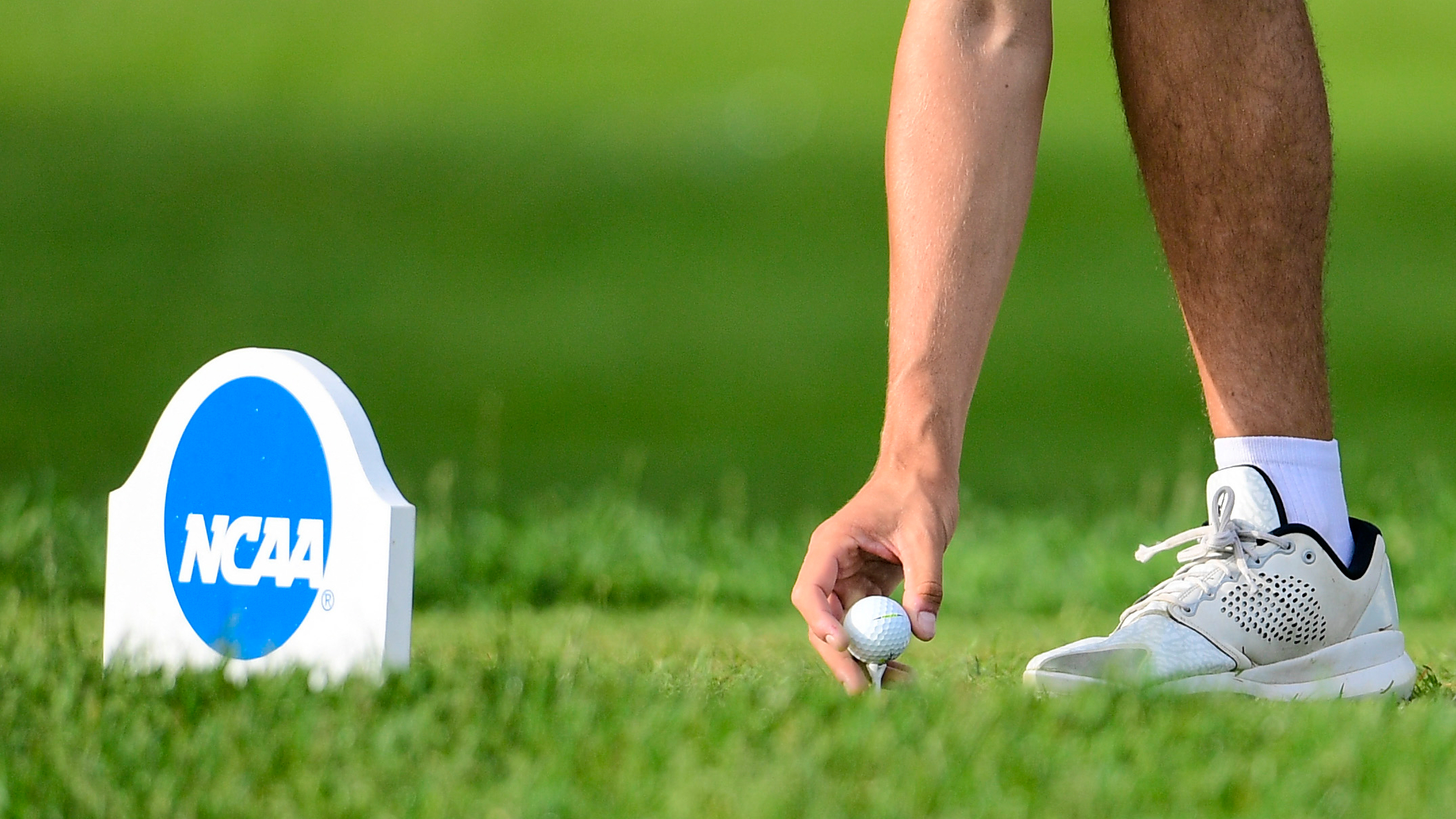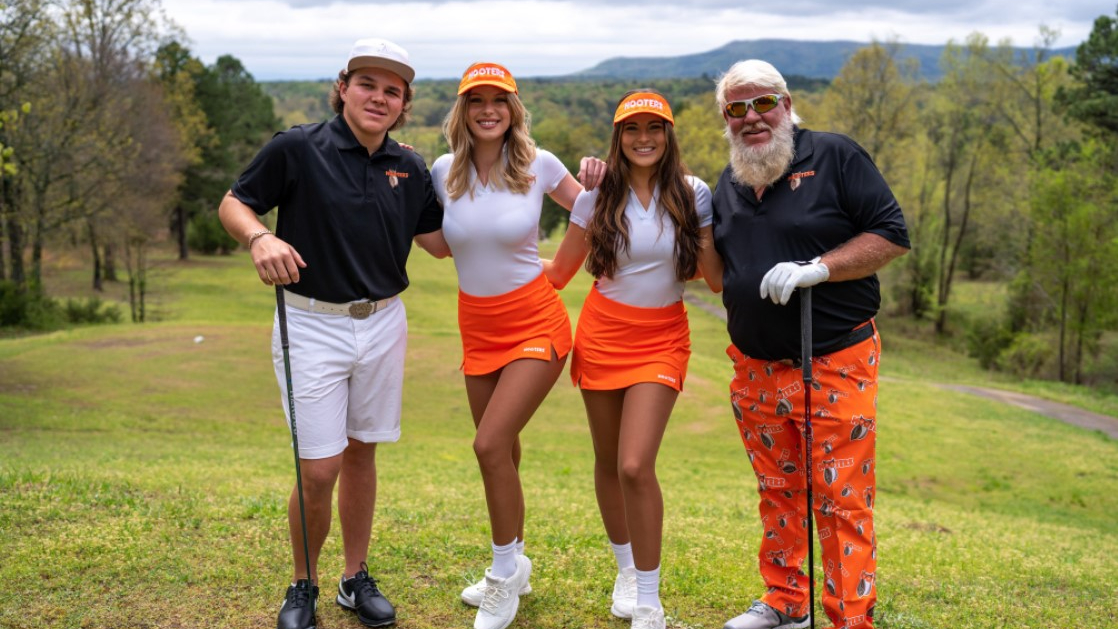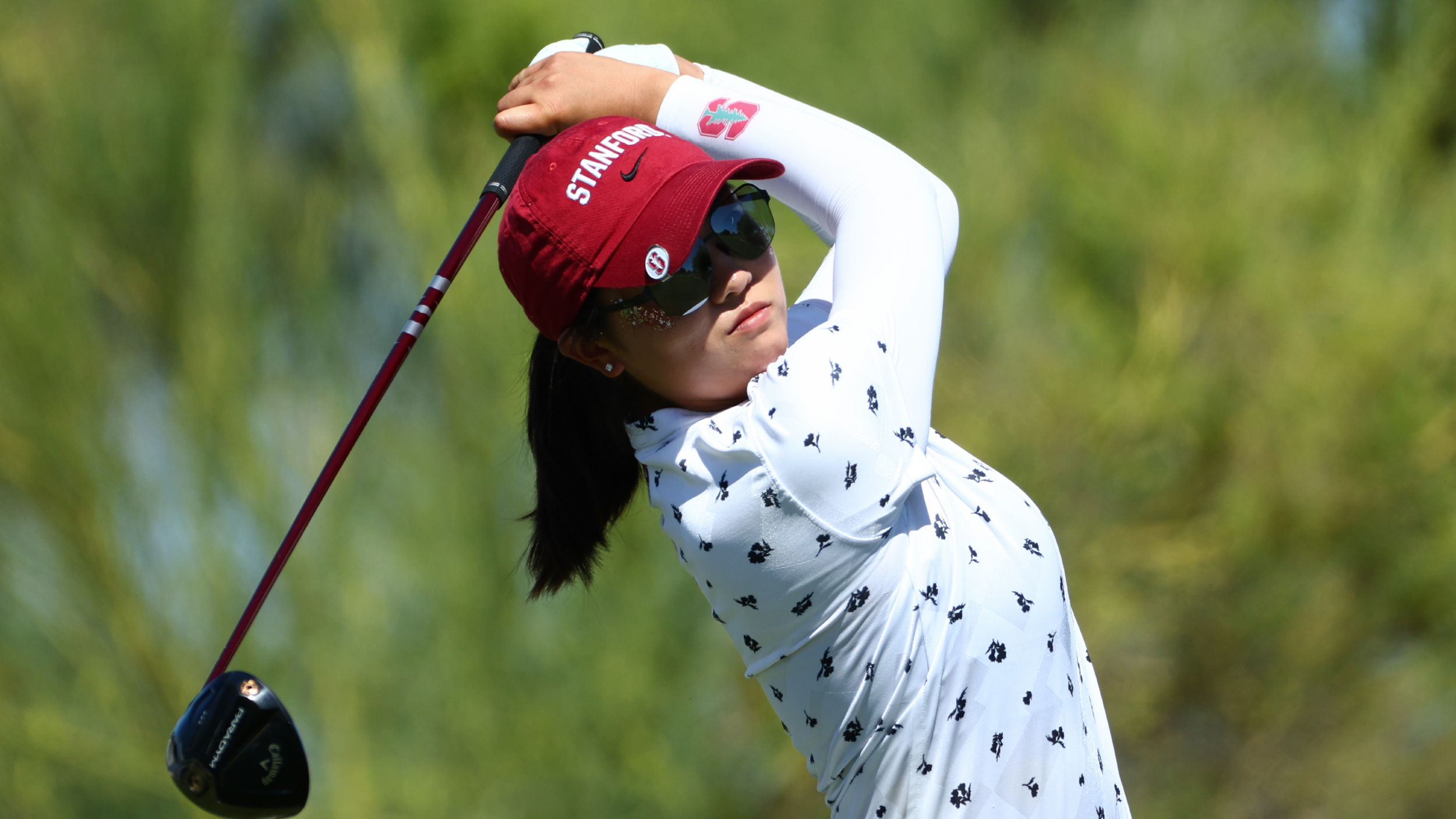How Does NIL Work In NCAA College Golf?
Name, image and likeness deals were given the green light by the NCAA in 2021, but how does it work in college golf?


The college golf landscape changed on 1 July 2021, when the NCAA began permitting its athletes to receive payments via NIL agreements after previously prohibiting the practice to preserve amateurism in college sports.
NIL refers to a college athlete’s legal rights over how their image is used and allows them to profit from their personal brand – hence the acronym, which stands for Name, Image and Likeness.
That gave athletes whose earning power was previously heavily restricted the ability to be paid for activities including certain endorsements, sponsorships, personal appearances and social media promotions, although payments based directly on performance on the course are still restricted.
There were other limitations, including a restriction on recruiting inducements. In other words, NIL deals couldn’t be used to persuade athletes to join a particular school.
With the news, the NCAA outlined that “individuals can engage in NIL activities that are consistent with the law of the state where the school is located.”
It didn’t take long for some of the best-known college golfers to take advantage of their newfound earning potential, with the likes of Stanford’s Rose Zhang, the University of Texas’s Pierceson and Parker Coody and John Daly II of the University of Arkansas all signing NIL-related deals in the months that followed the decision.

John Daly II signed a deal with Hooters in 2022
However, there were problems along the way. One issue came with the fact that some states had NIL oversight while others didn’t, and in the latter case, the NCAA allowed universities to set their own guidelines. For example, a player may have been required to seek business advice or undergo training before signing any NIL deal, while others may have been required to report any deal with the school for approval before signing.
Subscribe to the Golf Monthly newsletter to stay up to date with all the latest tour news, equipment news, reviews, head-to-heads and buyer’s guides from our team of experienced experts.
It was far from straightforward, with some university guidelines violating NCAA rules, while the guidelines put in place by the NCAA sometimes conflicted with state laws, placing a strain on its ability to enforce the rules. For example, in January 2024, a federal court in Tennessee granted a preliminary injunction to prevent the NCAA from enforcing some of its regulations.

Rose Zhang agreed an NIL deal at Stanford
Another issue came with those states that had passed their own NIL laws as it led to a potential imbalance, where some athletes could benefit from NIL opportunities more than others based on the college’s location.
Not surprisingly, the first few years of the NIL era were fraught with both inconsistencies and confusion, and the NCAA was clearly aware of the issues as it had previously turned to Congress to call for a federal law that would take away those grey areas, ensuring a national set of rules that are consistent.
Some much-needed clarity came in April 2024 when the NCAA made changes to NIL rules. It meant that schools would be able to provide enhanced support to student athletes with NIL opportunities, including identifying and facilitating deals between players and third parties. Meanwhile, it stated that any NIL activity valued at $600 would require disclosure.
No doubt the landscape will continue to evolve in the months and years to come, but with the NCAA at least, the new rules appear to have cleared some of the decidedly muddy waters that greeted its relaxation of NIL deals back in 2021.

Mike has over 25 years of experience in journalism, including writing on a range of sports throughout that time, such as golf, football and cricket. Now a freelance staff writer for Golf Monthly, he is dedicated to covering the game's most newsworthy stories.
He has written hundreds of articles on the game, from features offering insights into how members of the public can play some of the world's most revered courses, to breaking news stories affecting everything from the PGA Tour and LIV Golf to developmental Tours and the amateur game.
Mike grew up in East Yorkshire and began his career in journalism in 1997. He then moved to London in 2003 as his career flourished, and nowadays resides in New Brunswick, Canada, where he and his wife raise their young family less than a mile from his local course.
Kevin Cook’s acclaimed 2007 biography, Tommy’s Honour, about golf’s founding father and son, remains one of his all-time favourite sports books.